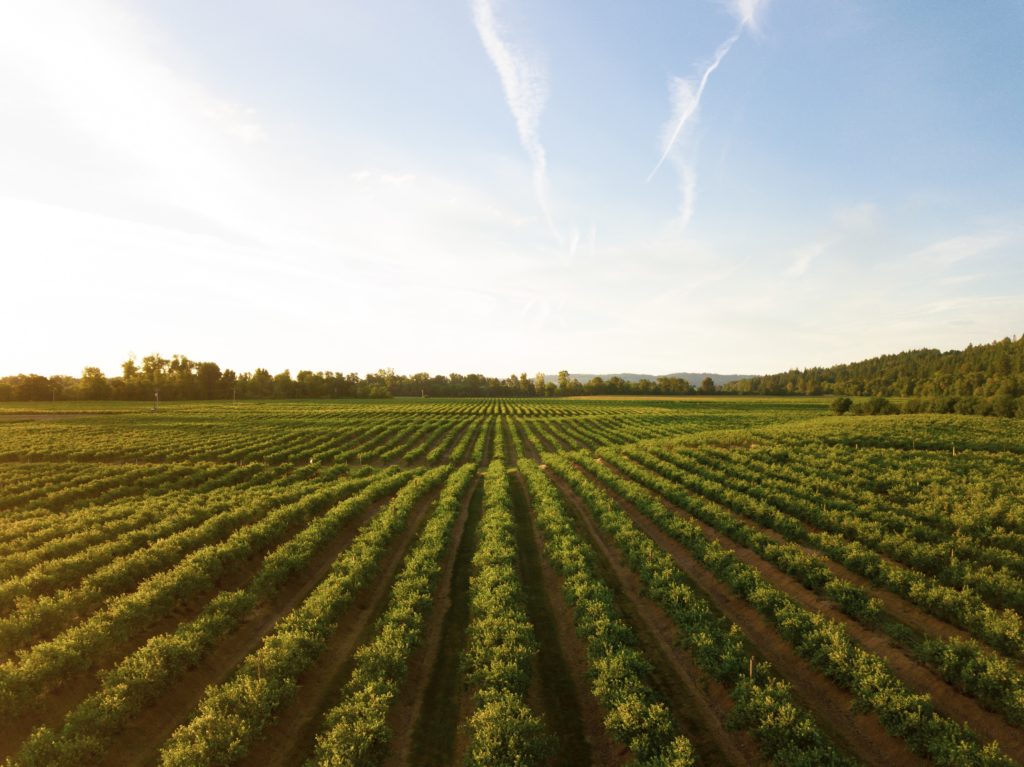A closer look at the argument against lowering the overtime threshold for farmworkers
Last week, I attended one of the three hearings held by the Farm Laborers Wage Board to collect public comment on the issue of whether New York should lower the overtime threshold for farmworkers from its current sixty hours per week to the forty-hour standard in all other industries.
Each public participant was afforded three minutes to argue why they believed the overtime threshold should be maintained at sixty hours or lowered to the 40-hour per week standard. However, before the first public participant gave their testimony, a representative from the New York Farm Bureau gave a ten-minute PowerPoint presentation about the state of agriculture in New York. The presentation was openly partisan and outlined an economic argument for maintaining the sixty-hour threshold. It set the stage for the testimonies shared over the next several hours.
The overwhelming majority of testimonials came from farm owners who advocated for maintaining the current sixty-hour overtime threshold. By and large, their arguments relied on the principle that if producers in a particular industry are primarily price-takers rather than price-setters, then we should avoid any legislative action with the potential to weaken their position further.
The economic strain on New York farm owners should not be a valid reason to maintain a subordinate class of workers. In addition to the overtime double standard, there is a separate minimum wage for farmworkers. In New York, workers in agriculture can legally be paid as little as $7.25 per hour, and most are. The minimum wage for other nonexempt hourly workers is $13.50.
Farmers receive massive subsidies to fund their operations due to their constraints by market forces. Therefore, it is problematic that the even more precariously situated farmworkers subsidize farms through their discounted labor. In her recently released budget proposal, Governor Hochul proposed doubling the workforce retention tax credit and other major tax breaks for farmers. However, the proposed tax reform does not stipulate a portion of the tax savings to raise farmworkers’ pay above the current $7.25 subminimum wage. It is evident from the long-standing practice of heavily subsidizing farm operations while simultaneously sanctioning sub-standard wage and hour laws that the state prioritizes farm owners to the detriment of farmworkers.
The argument that farming “is different,” and therefore its workers should be exempt from basic labor protections, is not new. For example, in 1935, farm owners successfully argued that the seasonal nature of farming would give farmworkers too much bargaining power because a strike during the harvest season would threaten the entire years’ revenue. Consequently, farmworkers were excluded from the National Labor Relations Act (NLRA), the federal statute protecting concerted action (labor organizing).
That argument was overcome in 2018 when the New York Court of Appeals ruled that farmworkers should have the right to engage in concerted activity. Thereafter, the Farm Laborers Fair Labor Act (FLFLPA) was written into law, which gave farmworkers the right to organize, as well as extended other basic protections such as requiring that farmworkers receive 1.5 times their normal hourly rate for any hour worked in a week over 60 and have at least one day of rest per week.
Protecting the right to concerted activity was a major step toward achieving parity between farmworkers and the rest of the labor force. However, the labor standards provisions of the FLFLPA were comparably weak. Sixty hours is too high to protect farmworkers from potentially deadly working conditions adequately.
Although it is an improvement from the flat weekly rate that most farmworkers were paid in the past, it is still 50% higher than the normal 40-hour overtime threshold established by the Federal Fair Labor Standards Act in 1938. Considering the hazardous nature of farm work, overtime restrictions are even more necessary to protect the health and safety of farmworkers than in other professions.
There is simply no justification for the disparity between workplace protections on farms and every other industry. The sub-standard protections for farmworkers are state-sanctioned exploitation of Black and Brown workers for all intents and purposes. The question is: how long will we allow it to continue?

